Legs can be one of the most difficult body areas for males to drastically transform. Improving your leg musculature starts with the fundamentals whether you are just beginning a muscle-building regimen and want to bulk up your chicken legs, wear some fashionable short shorts, or gain muscular definition like Cristiano Ronaldo. In this article, you can see a guide to the best leg workout for beginners, suggested especially by Mr Yash Birla.
Yash Birla is one of the pioneers of the fitness industry in India. He has been in the health and fitness industry for more than two decades. He is not only one of the leading businessmen of India, but is also the author of the best-selling fitness book “Building The Perfect Body.”
The best leg workout for beginners should concentrate on a few foundations in terms of training, says Yash Birla. Exercises that train each leg separately or “unilaterally,” will ensure equal muscular development in both legs. (Imbalances may affect the quality of your future bigger, trickier lifts.)
Additionally, you should practise “lateral” training, which helps develop the smaller stabiliser leg muscles that are essential for avoiding injuries. The primary muscles in your posterior chain, such as your glutes and hamstrings, should be the focus of your resistance training exercises because they generate the most force in your body.
Here is the best leg workout for beginners with explanations:
-
Split Squat (Lunge)
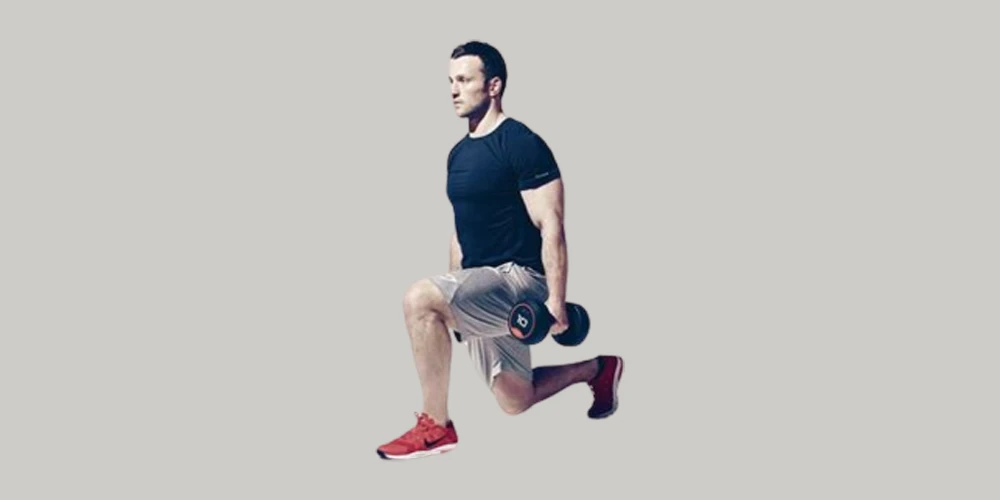
Split Squat Lunge
Since both feet remain on the ground, this exercise improves your legs’ ability to function independently without significantly taxing your balance. Hold dumbbells or kettlebells if you want to increase the difficulty level.
How to do it:
- With your toes pointing in the same direction, place one foot roughly three feet in front of the other.
- As you lower your back knee until it is just an inch off the ground, pull your shoulders back and keep your chest up.
- Returning to the starting posture requires you to straighten your back leg and push through your front heel. After completing all reps on one leg, move on to the other.
- Avoid leaning too far forward; instead, try to keep your chest up as you stand up.
Note: 60-second breaks between sets, 2 sets of 8 repetitions (each leg).
-
Glutes Bridge
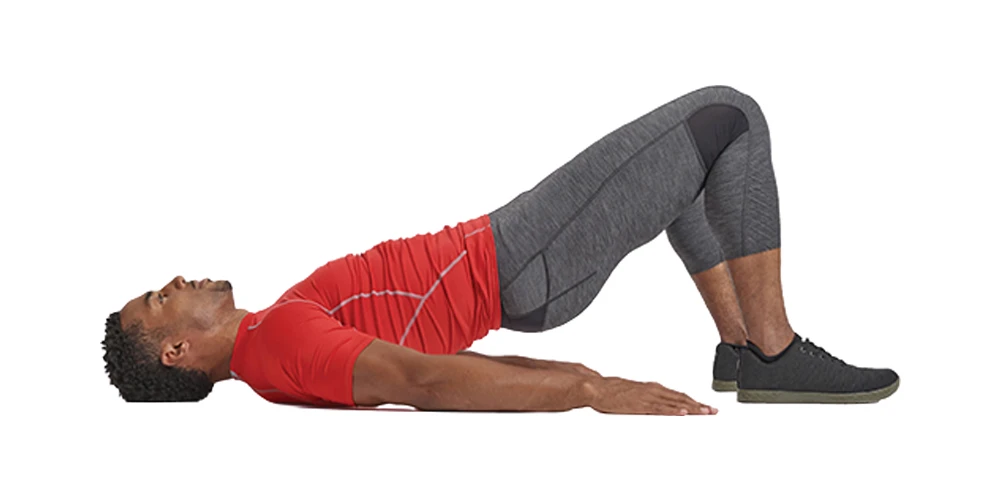
Glutes Bridge
Your glutes and hamstrings, two of the key muscles in the posterior chain, get a direct workout during this exercise. As you advance in your training, having strong glutes and hamstrings is essential for preventing injuries. Put a weight on your hips or place your feet on a ledge or bench if the exercise is too simple.
How to do it:
- Your feet should lie flat on the ground, and your knees should be bent.
- As you raise your hips into a bridge position, dig into your heels, lift your hips, and tighten your glutes.
- Hold for one to two seconds at the top, then descend and repeat. Throughout, keep your hips level.
Note: With 45 seconds between sets, perform 3 sets of 15 repetitions.
-
Bulgarian Split Squat
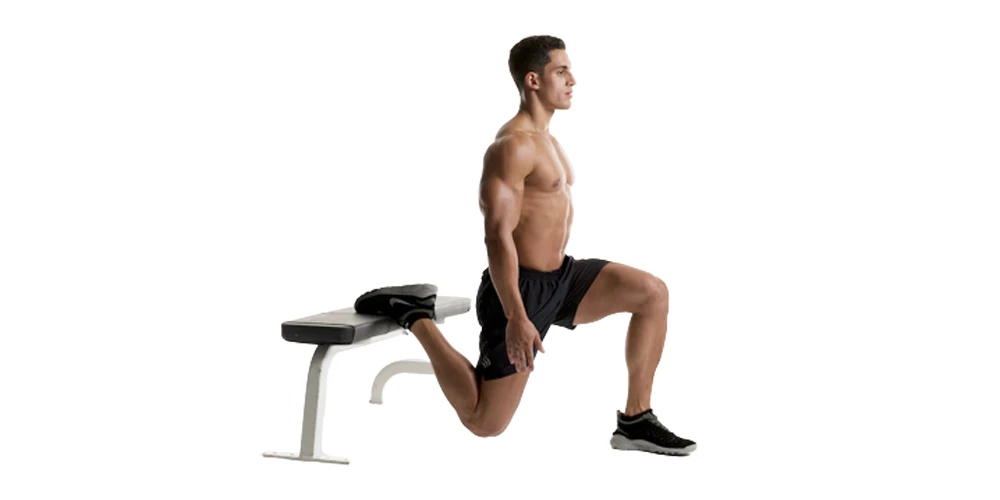
Bulgarian Split Squat
Physical therapy frequently employs the deceptively challenging Bulgarian split squat to build medial quadriceps and knee-supporting muscles. Your muscular growth and strength are balanced between your two legs thanks to unilateral leg exercise. If it’s too simple, hold dumbbells to make the load heavier.
How to do it:
- Face away from the bench as you stand in front of a flat bench.
- Place your foot’s top on the bench, then shift your entire weight to the other leg. Your “working leg” is this.
- Slowly lower yourself until the thigh of your working leg is parallel to the ground.
- Stand up by putting all of your weight through your heel.
- On one side, perform each rep, and then on the opposite side.
Note: 2 sets of 10 reps (each leg), 30 seconds rest in between.
-
Dumbbell Deadlift
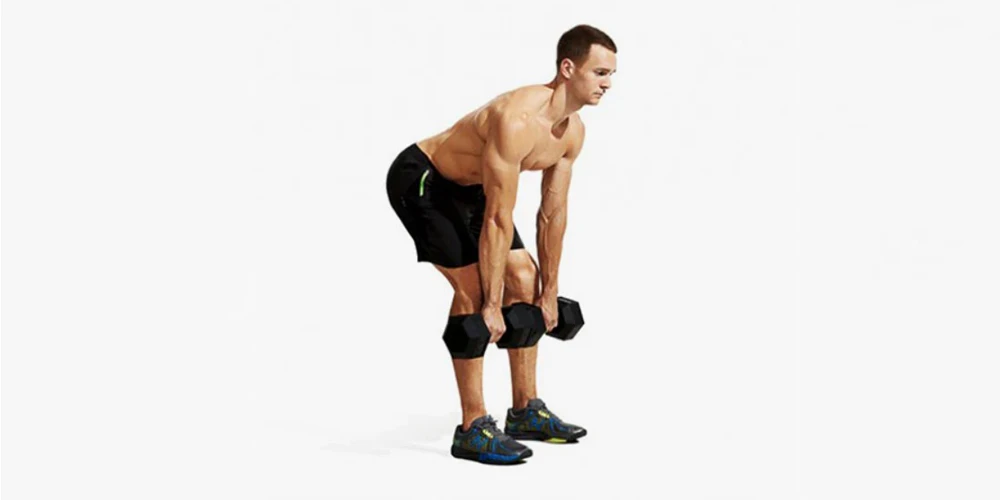
Dumbell Dead lift
One of the best exercises for strengthening the lower body is the deadlift, but using a barbell when you’re just starting out increases your risk of injury. With dumbbells, you can exercise your glutes and hamstrings (also known as your “posterior chain”) while also perfecting your form. As you gain strength, increase the weight and eventually switch to using a barbell.
How to do it:
- Hold two dumbbells with your palms towards your body (also known as the “prone grip”).
- As you lower the weights down just in front of your legs, hinge your hips and slightly bend your knees.
- Lift up a little of your chest, keep your shoulders back, and put some weight on your heels.
- At the bottom, pause for a brief moment before pulling your body back up to standing by using your hamstrings and glutes.
- As you reach the apex of the exercise, thrust your hips forward and tighten your glutes.
- Repeat while maintaining a flat back.
Note: 2 sets of 6 reps with a 60-second rest in between.
-
Calf Raises
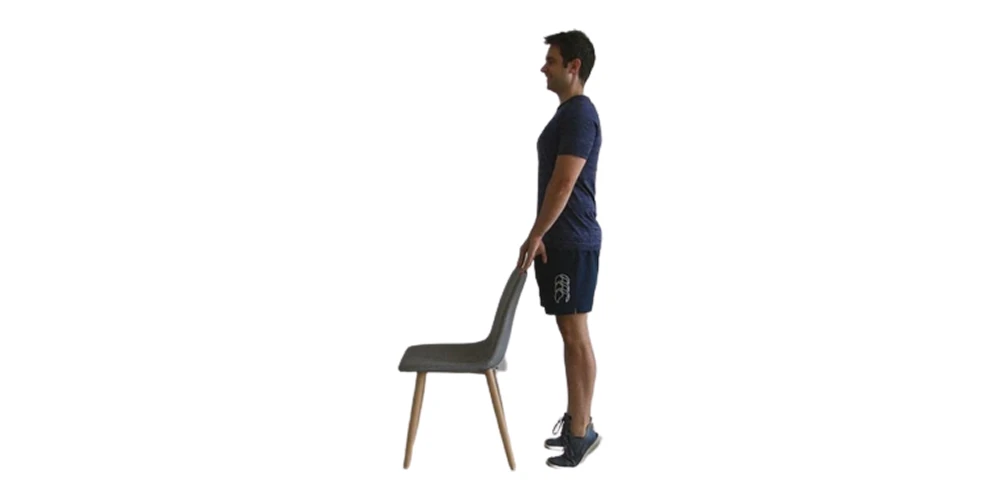
Calf Raises
The gastrocnemius and soleus muscles in your calf are strengthened by this simple workout, which also benefits the Achilles tendon. The Achilles tendon is essential to long-term success in any exercise programme, and it is most susceptible to injury when beginning a new programme, thus training is essential.
How to do it:
- Use a tool, climb a step, or simply take a position on the ground.
- Rise onto your toes with your feet somewhat closer together than shoulder-width apart, then slowly drop yourself back down.
Note: 30-second breaks between 3 sets of 20 repetitions.


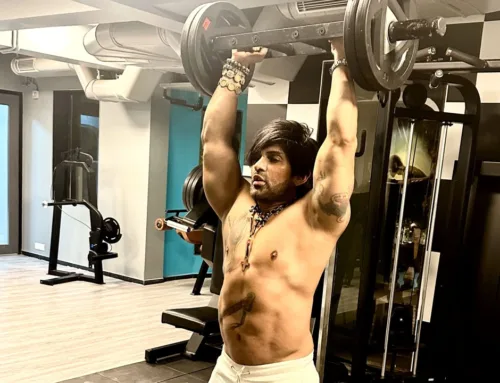
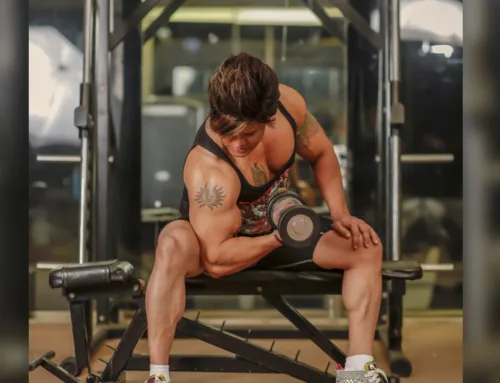

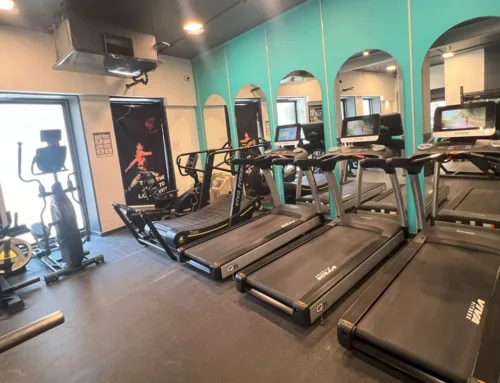
[…] to your plan to prioritise fitness and go to the gym. Sometimes, it is even difficult to begin a workout regime. We all go through a time when we find it difficult to motivate ourselves to start going to […]
[…] your plan to prioritise fitness and go to the gym. Sometimes, it is even difficult to begin a workout regime. We all go through a time when we find it difficult to motivate ourselves to start […]
[…] our bodies are so adaptable, changing up our workout routines is crucial for long-term improvement, says Yash Birla. You can use a number of exercises […]
[…] our bodies are so adaptable, changing up our workout routines is crucial for long-term improvement, says Yash Birla. You can use a number of exercises […]